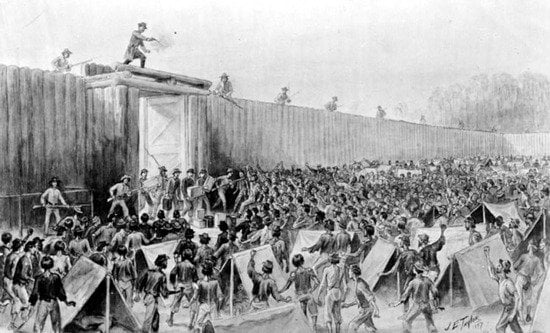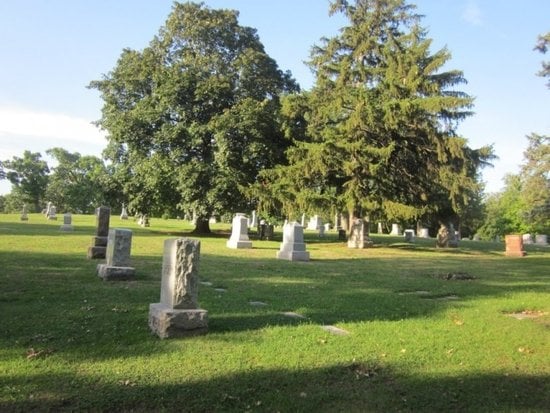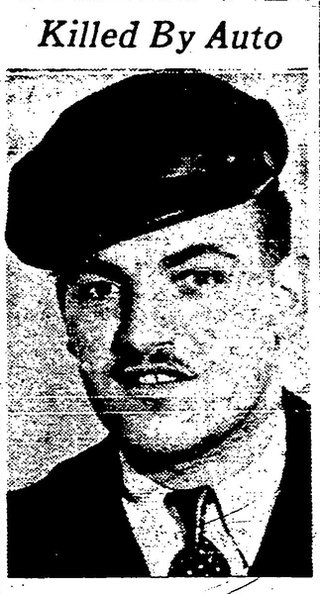Originally published in The Rock River Times

Sometimes history appears in the strangest places. Most people know that Sinnissippi Golf Course is a historic place. It is the Rockford Park District’s oldest golf course. The nine hole course was designed after the Scottish courses with small hills and opened on September 22, 1912. In October, members from the Country Club graciously gave complete golf club sets to Sinnissippi for the players to use since many of the players could not afford clubs. This helped changed the sport in Rockford from a “rich man’s game” by making it available for everyone.
Many of the current day users of the course may not realize the history that is literally beneath their feet. Besides being the oldest public course in Rockford, the Sinnissippi Golf Course also contains a little hidden part of Rockford’s history.
In December of 1934 an article appeared in the Morning Star explaining the decision between the Illinois Emergency Relief Commission and Earl F. Eliot who was the Rockford Park Board Superintendent at the time. The IERC was supplying the funds for a special project and the Park District was donating a portion of the Sinnissippi Golf Course for the location.
The project, the article states, was to create an “airway marker” that would be seen from overhead by the airplanes passing over Rockford. This marker would spell out Rockford and would be visible from “thousands of feet in the air.” There was also a letter N and an arrow to point toward north.
The marker was located on a fairway of the golf course by Parkview Avenue between the 8th and 9th holes. Each letter was 26 feet high and the whole marker measured over 160 feet long. The letters were created by digging holes four inches deep and filling them about halfway with cinders. The next layer was made from crushed limestone until the letters were flush to prevent any obstacles for the golfers. Plans were made to cover the letters with white cement in the spring of 1935.
The purpose for these letters was directional though it is no longer clear on what the letters once were directing the pilots to. In another article dated July of 1995, several ideas were presented. One idea suggested that the destination might be the “Rockford Airport” located at the intersection of North Second Street and Harlem Road. Another possibility would be the first commercial airport in the city established by Fred Machesney and located at the present day Machesney Park Mall.
The article continued with one more suggestion for the purpose of these letters. It states that Sinnissippi once had a landing strip located along the flatter area along Parkview. In the early days of aviation the planes only needed about 150 feet to take off and would have ample space there.
The purpose of the letters may be lost but that is what keeps Rockford’s history so intriguing. The letters are more noticeable in dry years and it can be quite an adventure to see them during open play hours at the course.
Copyright © 2015 Kathi Kresol, Haunted Rockford Events
























 “The best woman in Winnebago County died last night.” These words were spoken after the death of Hononegah Mack in 1847. She was only 33 years old when she passed from what her husband Stephen told his sisters was “lung fever.”
“The best woman in Winnebago County died last night.” These words were spoken after the death of Hononegah Mack in 1847. She was only 33 years old when she passed from what her husband Stephen told his sisters was “lung fever.”